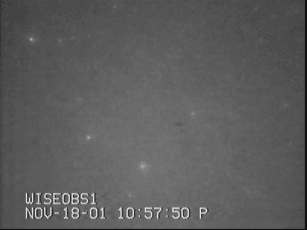You look up into the sky. A meteor streaks through the air. Which way is it going? Or you see a comet. What is its orbit?
What did you actually see? Well, you saw something moving against the background of stars. From this scant data, how can astronomers calculate the orbits of these celestial objects?
This field is called celestial mechanics.
Challenge: Let’s see if you can grasp the main ideas in 15 minutes or less. (Hey, it usually takes a semester in a graduate-level celestial mechanics course, but you are pretty smart, right?)

